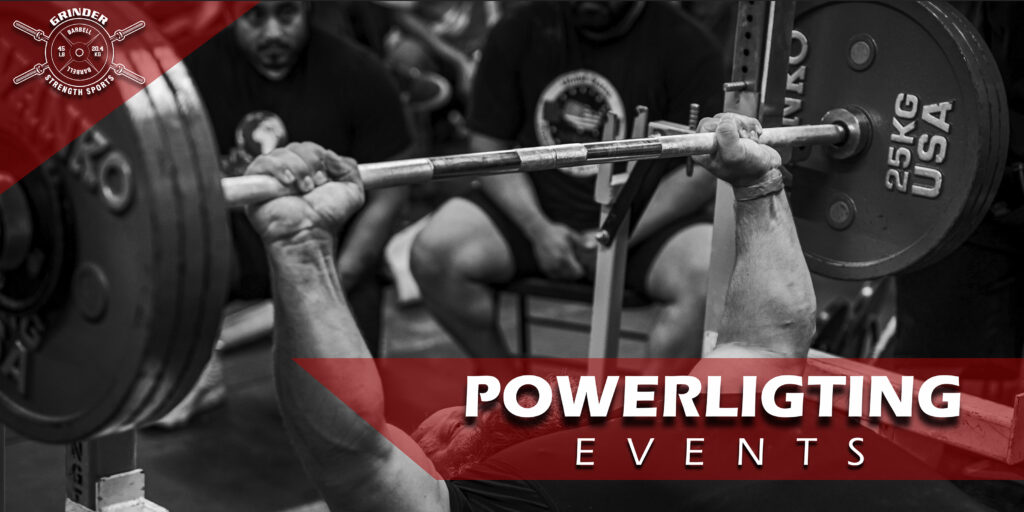Off-season training is a crucial period for powerlifters, providing the foundation for future performance gains. This phase focuses on general physical preparedness (GPP), increasing muscle mass, improving technique, and recovering from the stresses of previous competitions. By addressing these key areas, lifters can build a solid base that will support more intense and specific training as they approach competition season.
General Physical Preparedness (GPP)
General Physical Preparedness (GPP) involves enhancing overall fitness, conditioning, and work capacity. The goal of GPP is to create a robust physical foundation that can handle the demands of heavy and intense training cycles.
Key Elements of GPP:
- Cardiovascular Training: Incorporate activities like running, cycling, or rowing to improve cardiovascular endurance. This enhances overall work capacity and aids in recovery between sets and sessions.
- Mobility Work: Focus on improving flexibility and joint mobility. Regular stretching, yoga, and dynamic warm-ups can help prevent injuries and improve lifting mechanics.
- Varied Resistance Training: Use lighter, varied resistance training to build endurance and strengthen muscles without the high intensity of in-season lifting.
Benefits of GPP:
- Improved Recovery: Better cardiovascular fitness and mobility enhance recovery, allowing for more effective training sessions.
- Reduced Injury Risk: A well-rounded fitness base helps prevent injuries by ensuring all muscle groups and joints are conditioned.
- Increased Work Capacity: Higher overall fitness levels mean you can handle more volume and intensity in future training cycles.
Increasing Muscle Mass
The off-season is an ideal time to focus on hypertrophy, or muscle growth. Building muscle mass not only enhances strength potential but also provides a larger cross-sectional area for muscle fibers, contributing to better performance in the main lifts.
Hypertrophy Training Principles:
- High Volume: Perform more sets and reps to stimulate muscle growth. Aim for 8-12 reps per set with multiple sets per exercise.
- Moderate Intensity: Use weights that are challenging but allow for good form and muscle contraction. Typically, this is around 65-75% of your 1RM.
- Compound Movements: Focus on big, compound lifts like squats, bench presses, and deadlifts, which engage multiple muscle groups.
- Accessory Work: Include accessory exercises that target specific muscle groups, such as rows, shoulder presses, and leg presses.
Example Hypertrophy Routine:
- Squats: 4 sets of 10 reps
- Bench Press: 4 sets of 8 reps
- Deadlifts: 3 sets of 10 reps
- Rows: 4 sets of 12 reps
- Shoulder Press: 3 sets of 10 reps
- Leg Press: 3 sets of 12 reps
Improving Technique
The off-season provides an opportunity to refine lifting technique. Perfecting form not only helps prevent injuries but also maximizes the efficiency and effectiveness of each lift.
Technique Improvement Strategies:
- Lighter Weights: Use lighter weights to focus on perfecting form without the strain of heavy loads.
- Pause Reps: Incorporate pause reps to improve control and strength in critical positions. For example, pause at the bottom of the squat or just above the chest in the bench press.
- Tempo Work: Use controlled tempos to enhance muscle control and awareness. For example, a 3-second descent in the squat.
- Video Analysis: Record your lifts and review the footage to identify areas for improvement. Consider seeking feedback from a coach or experienced lifter.
Example Technique Drills:
- Pause Squats: 3 sets of 5 reps with a 2-second pause at the bottom
- Tempo Bench Press: 3 sets of 6 reps with a 3-second descent
- Deadlift Technique Work: 4 sets of 5 reps focusing on form and bar path
Recovery from Previous Competitions
Recovering from the physical and mental stresses of previous competitions is a critical aspect of off-season training. This period allows the body to heal, rejuvenate, and prepare for the next phase of intense training.
Recovery Strategies:
- Active Recovery: Incorporate light activities that promote blood flow and recovery, such as walking, swimming, or light cycling.
- Deload Weeks: Schedule regular deload weeks where training volume and intensity are significantly reduced to allow for recovery.
- Nutrition and Hydration: Focus on a balanced diet rich in nutrients to support recovery and muscle repair. Stay hydrated to maintain optimal physical function.
- Sleep and Rest: Prioritize sleep and rest to allow the body to repair and rebuild. Aim for 7-9 hours of quality sleep per night.
- Physical Therapy and Massage: Utilize physical therapy, massage, and other recovery modalities to address any lingering injuries or muscle soreness.
Example Recovery Protocol:
- Active Recovery: 30 minutes of light cycling or walking 2-3 times per week
- Deload Week: Reduce training volume and intensity by 50% every 6-8 weeks
- Nutrition: Emphasize protein intake, healthy fats, and complex carbohydrates. Stay hydrated with water and electrolytes.
- Sleep Hygiene: Establish a regular sleep schedule, create a restful sleep environment, and limit screen time before bed.
Conclusion
Off-season training is a vital component of a powerlifter’s annual training plan. By focusing on general physical preparedness, increasing muscle mass, improving technique, and recovering from previous competitions, lifters can build a solid foundation that supports future strength gains and peak performance. This comprehensive approach ensures that powerlifters are not only stronger but also healthier and more resilient as they progress toward their competitive goals.




Comments are closed